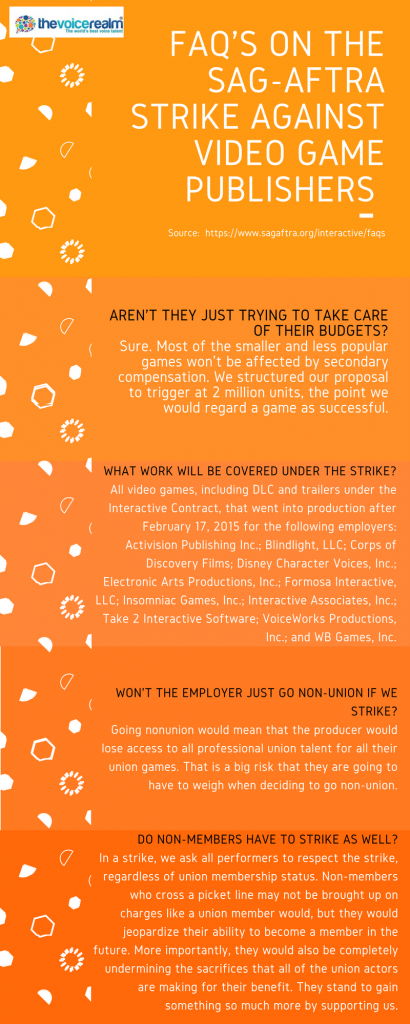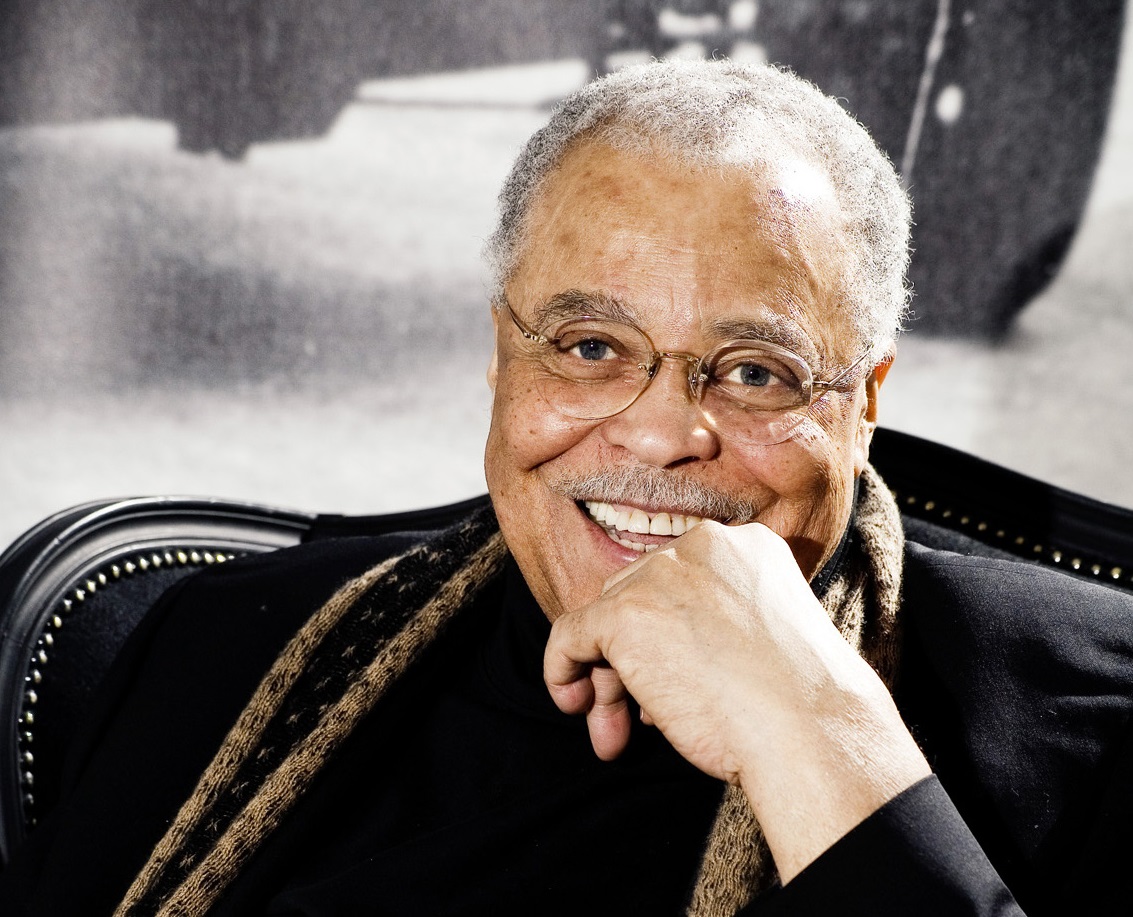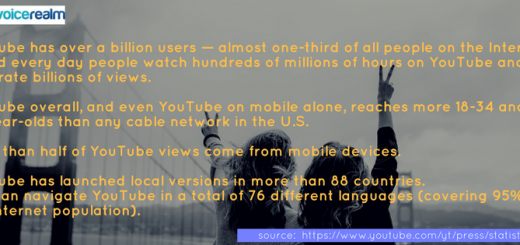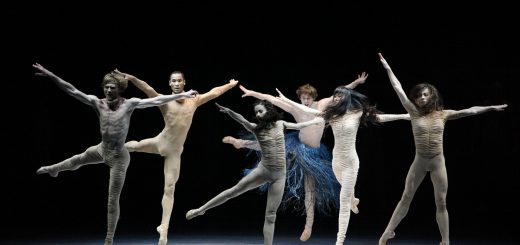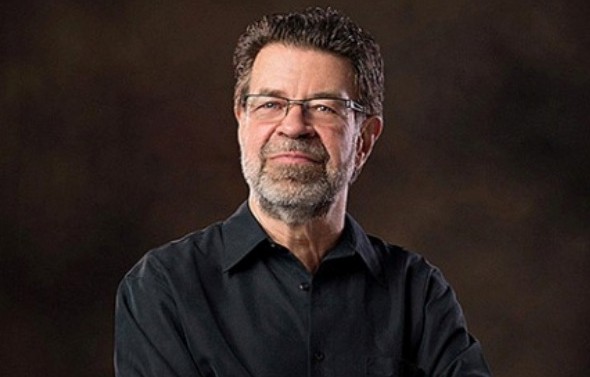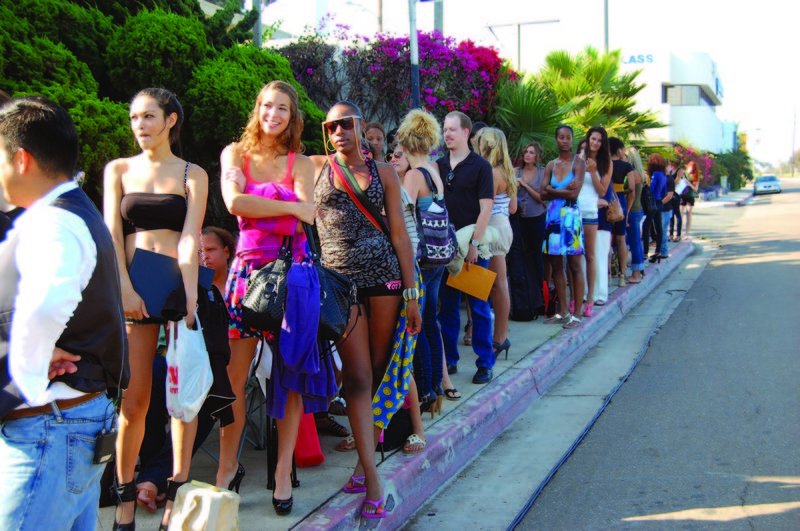Understanding The Strike Against Video Game Publishing Companies
The most recent picket in the ongoing SAG-AFTRA strike against 11 video game employers was in Burbank against Insomniac Games, Inc. where close to 450 members marched. It is the union’s third picket since the first strike on October 21. In latest developments, SAG-AFTRA’s sister union AEA Executive Director Mary McColl lent it’s support to their cause and asked her members not to cross the picket lines to work with the struck employers on the struck titles.
What’s the difference?
Your voice used by a character of a popular video games played by millions of fans may sound like a dream job however voice over sessions for these characters come with distinct challenges. Jonathan Ore wrote in a CBC News article that the interactive nature of a video game makes the recording process fundamentally different from working on an animated film or TV episode. Instead of a single script, performers have to record lines for every possible sentence, shout or sigh their character might utter. Elias Toufexis is best known for his role as Adam Jensen in the video game Deus Ex and he adds that if the character he is providing voice for throws something, he has to make a sound for throwing something and it is specific for throwing at a short distance or long distance or a really long distance.
Ore’s article explains that another difference is, for voice actors recording for video games, sessions are typically four hours long and the artist is performing solo. While TV animators get to rest their voices when someone else is reading. Other voice over jobs like reading an audiobook can be paced by a voice artist within the given time frame of the client and afford them voice rest.
David White, the Screen Actors Guild’s national executive director, said in a letter to Occupational Safety and Health Administration, said, “for up to four hours, actors are asked to perform not just voices, but noises, death screams, creature voices, combat yelling and other sounds, with so much force and explosive vibration, that they are causing internal damage to their vocal cords.”
Mariah Doty quoted SAG-AFTRA in her article for thewrap.com as saying about video gaming companies, “this is not an industry with the best track record of labor practices. They have a long documented history of overworking their employees to the point of damaging their physical and emotional health. Our performers are at the vanguard of demanding better treatment, but they are surely not the only video game employees in need of it.” The union say that they believe the video game industry is balking because they fear that other group skills working for them, examples are programmers and designers, might start pursuing their own negotiations.
There are stories of programmers and designers who forget to eat for hours on end that while working on a video game their weights drop down drastically. Video game designers losing contact with family and friends, losing relationships due to the demands and endless hours of working – all this without being properly compensated. A lot of them say most of these overtime hours are unpaid.
SAG-AFTRA might not be far off the mark with their statement.
It still remains to be seen what results of the movement can be and we hope it works out for the best – for the voice actors and the gaming industry as well.

